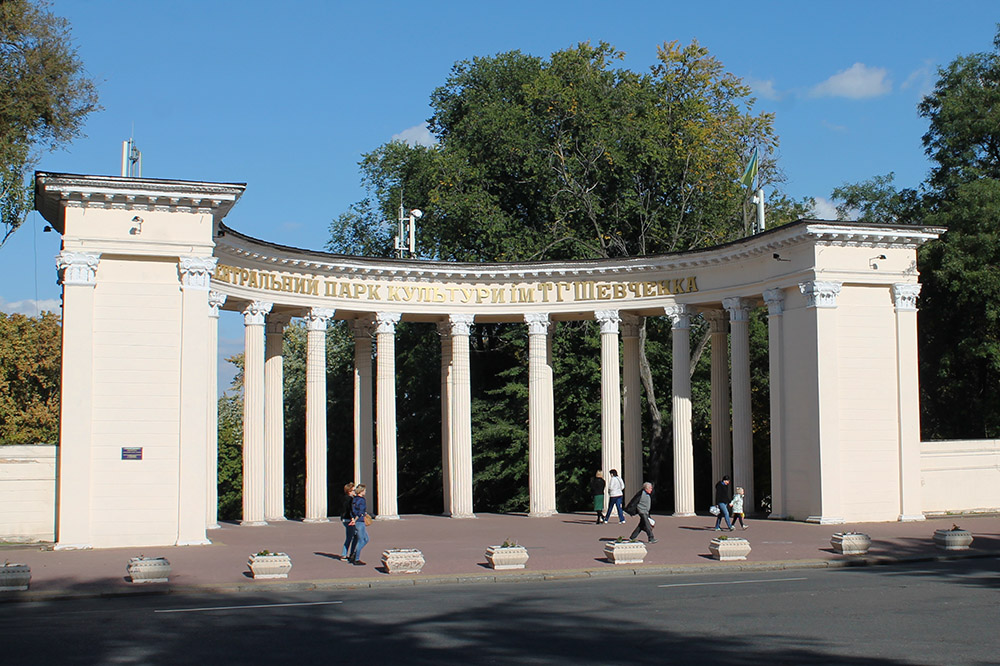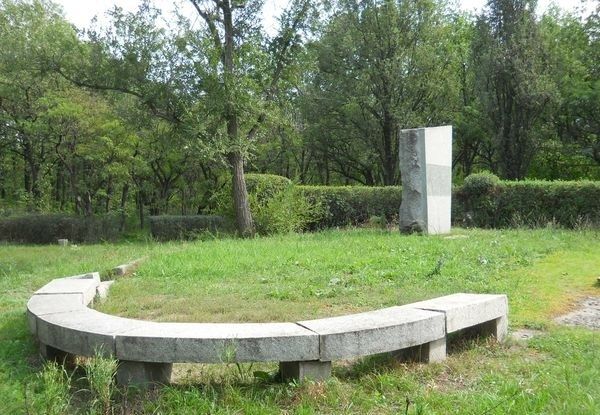Before the founding of Katerynoslav in the second half of the eighteenth century, the territory of the modern garden belonged to the retired Osavul of the former Zaporozhye army, Lazar Globy. According to historian Dmytro Javornetsky, the former Cossacks moved to Bulowitsa from Novi Kodak, planted the first trees here, and built a water mill on the banks of the Dnieper.
In 1787, he began building Katerynoslav, and the globe sells its territory to Prince Gregory Potemkin, who starts building his palace here. In the surrounding area, the British gardener W. Guld grows an English-style prince garden with exotic plants, pineapples and Laurel galleries.
After Potemkin's death, the palace quickly retreated, but the efforts of the city government kept the park in good condition. In 1887 the park became a center for the celebration of the centennial of Katrinoslav. Until the beginning of the 20th century, Potemkin Garden is still a favorite place for hiking from the locals.
In 1925, began the reconstruction of the park, which was renamed to Taras Shevchenko. The former Potemkin Palace was converted into Illich Holiday House. In 1935, the Green Theater was built in the eastern part of the park.
After the war, a new large-scale reconstruction of the park begins - its territory was expanded at the expense of part of Shevchenko Square, a palace is being rebuilt, new alleys are being created, and an iron fence is being installed in the Imperial style. The central alley of the park houses a monument to Stalin (dismantled in 1961).
In 1957, Monastery Island, connected to the mainland by a pedestrian bridge, was added to the park. In 1959, Shevchenko's new monument, the largest in Ukraine, opened in the central alley of the island (instead of the old one, which was built in 1949 on the mainland - from which the statue has been preserved to this day).
According to the Paul Neerenberg project, a summer theater was built in 1977 in the park. In 1979, the restaurant Mayak opens on the slopes of the Dnieper in the main part of the garden, and in 1986, Dnipropetrovsk started Fresh Water Aquarium on the monastery island. In the Soviet era, the city's shore was connected to the eastern part of the island, connected to the cathedral mountain by a cable car (closed in the early 2000s).
The Church of St. Nicholas, built in the park in 1999, has become one of the symbols of the Dnieper. In 2006, the observation deck of the garden was rebuilt and a waterfall fountain was installed. In 2013, a major overhaul of the monument Taras Shevchenko and the fountain waterfall "the threshold of Revucci" was opened.




